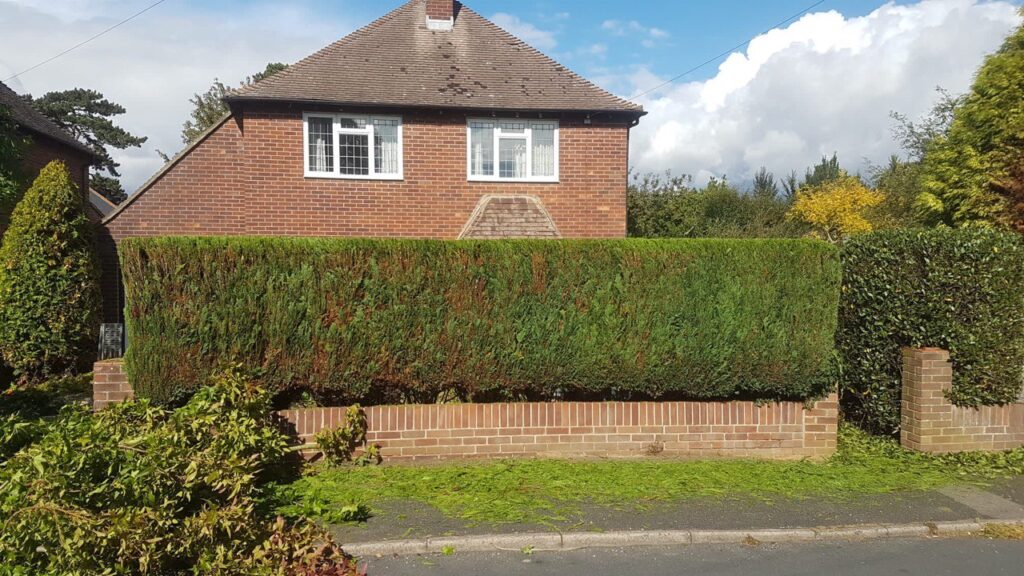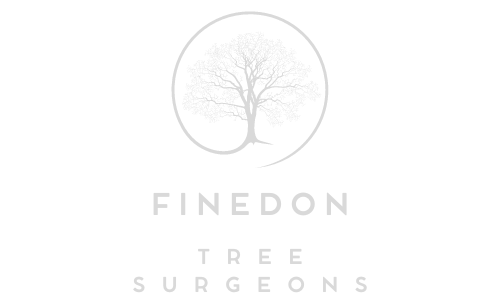The Economics of Tree Felling: Understanding Costs, Pricing, and Budgeting
In tree care and landscaping, tree felling is a significant undertaking that requires careful consideration of both the financial and environmental aspects. Whether you’re a property owner needing tree removal services or an arborist looking to provide estimates to clients, understanding the economics of tree felling is essential for making informed decisions and ensuring a successful outcome. Join us as we delve into the world of tree felling economics, exploring the costs, pricing strategies, and budgeting considerations that underpin this vital aspect of tree care.
Understanding the Costs of Tree Felling:
Tree felling costs vary widely depending on tree size, species, location, accessibility, and job complexity. Key cost factors to consider include:
- Tree Size and Complexity: Larger trees and those with multiple branches or structural issues may require more time, labour, and specialised equipment to fall safely.
- Access and Location: Trees located in difficult-to-access areas or close to structures, power lines, or other obstacles may require additional precautions and equipment, increasing the overall cost of the job.
- Equipment and Labor: Using specialised equipment such as cranes, bucket trucks, and chippers, as well as the number of crew members required for the job, will impact labour costs.
- Debris Removal and Site Cleanup: The cost of removing tree debris, grinding stumps, and restoring the site to its original condition should be factored into the overall cost of tree felling.
Pricing Strategies for Tree Felling Services:
When pricing tree-felling services, arborists must consider not only the direct costs of the job but also overhead expenses, profit margins, and market dynamics. Common pricing strategies include:
- Hourly Rates: Charging an hourly rate for labour and equipment usage, with additional fees for specialised services such as stump grinding or debris removal.
- Per-Tree Pricing: Charging a flat fee per tree based on size, species, and job complexity.
- Estimates and Quotations: Provide clients with detailed estimates or quotations that outline the scope of work, costs, and timeline for the project.
- Value-Based Pricing: Pricing services are based on the client’s perceived value, such as the tree’s importance to the property’s aesthetics, safety, or environmental sustainability.
Budgeting Considerations for Tree Felling Projects:
For property owners planning tree-felling projects, budgeting considerations are essential for managing costs and ensuring a successful outcome. Key budgeting considerations include:
- Cost-Benefit Analysis: This involves evaluating the potential benefits of tree felling in terms of safety, aesthetics, property value, and environmental impact against the costs of the project.
- Multiple Quotes: Obtaining quotes from reputable arborists to compare pricing, services, and timelines before deciding.
- Planning for Unexpected Expenses: Budgeting for unexpected expenses such as additional equipment rental, permit fees, or unforeseen complications that may arise during the project.
- Long-Term Planning: This involves considering the long-term implications of tree felling, including future landscaping or tree planting projects to replace removed trees and maintain the overall health and beauty of the property.
Conclusion: The economics of tree felling are multifaceted, encompassing a range of costs, pricing strategies, and budgeting considerations. Whether you’re a property owner seeking tree removal services or an arborist providing estimates to clients, understanding these economic factors is essential for making informed decisions and ensuring a successful outcome. By carefully considering costs, pricing strategies, and budgeting considerations, arborists and property owners can achieve their tree-felling goals safely, efficiently, and within budget.
Call us on: 01933 426 193
Click here to find out more about Finedon Tree Surgeons
Click here to complete our contact form and see how we can help with your tree’s need.

